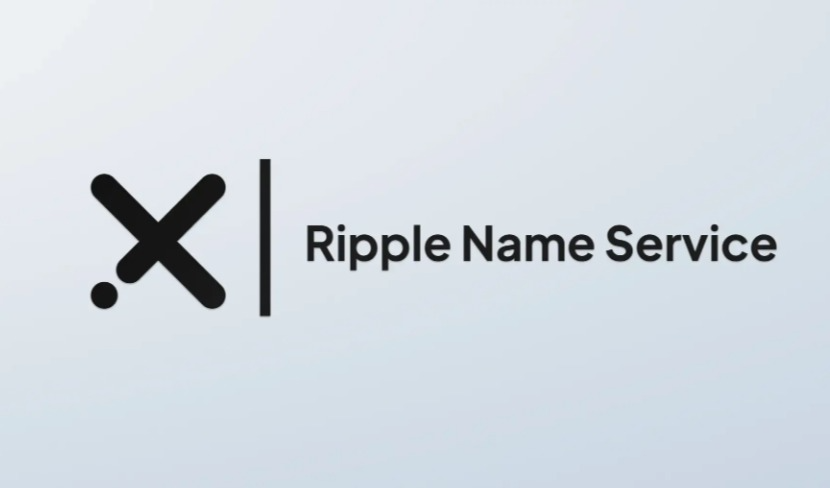Keeping track of your crypto transactions just got a little easier. We are bringing simplified addresses to the XRP ledger. Through our decentralized registrar, community members can claim their “.xrp” domain name, which can be used by various services as a routing method for sending and receiving digital assets.
Take the example below.

This is a typical XRPL public address. To a crypto veteran, this might seem normal, however we view it as a barrier to mainstream adoption.
In contrast, you can send money to someone using just their email address or a username via services like Coinbase, Circle, Paypal, or Venmo.
Consider how easy it would be to send xrp transactions to people and contacts or any other xrp service without relying on a centralized server to connect the name to the address.
How RNS Fixes this
The Ripple Name Service adds human-readable names to XRP. These names look exactly like the familiar DNS addresses we use today, with “.xrp” initially becoming the only top level domain (TLD) available. You can send money to “example.xrp” in the same way that you might visit “www.example.com." In the future you will be able to host content on your own .xrp.page (Our devs are working hard to achieve this and we already have the functionality on our test domains)

From a high level, the RNS is made up of three distinct types of contracts:
- The RNS’s core is the Registry contract. It’s a straightforward contract that essentially maps a large number of registered names to the addresses of an owner and a resolver contract.
- Resolver contracts link a name to a “resource” like an IPFS or hash or an XRP address. The resolver’s records can only be updated by the owner of a name.
- Registrar contracts own domain names in the RNS registry and are responsible for allocating subdomain names within the namespace they control. The “.xrp” top level domain name in the RNS will be owned by the first RNS registrar.

The challenges of registrar design
The contracts for resolvers and registries are elegant in their simplicity. They will simply ignore you unless you update their records for the names you own.
In contrast to this, designing a registrar is not as simple. It involves governance, fairness, and mechanism design.
Each name in a namespace has a unique owner, making it a rare, non-fungible asset. Additionally, names are composed of words, which are potent symbols that can stand in for a movement, a brand, or your online identity on a variety of platforms. It makes sense that some people feel entitled to ownership of particular names.
While doing so, end customers typically assume that a well-known name belongs to the organization they are familiar with. Who ought to be in charge of domain names like “adidas.xrp,” “ftx.xrp,” or “degen.xrp”? A registrar should distribute these names in what way? Should there be a method for resolving disputes or should it all be driven by the market?
We have optimized the name space strategy into the following:
- originally constrained namespace
- an entirely market-driven strategy
- a future-proof upgradeable Initial Registrar contract with the capacity to include a dispute resolution procedure.
Initial Launch
The release of the Ripple Name Service, including the Initial Registrar, is scheduled for the first quarter of 2023.

We are currently working hard and might not be able to communicate as frequently as possible, but, we are actively hiring community managers and you can expect more frequent updates as we continue to build!



























